Try A Home Circuit Workout
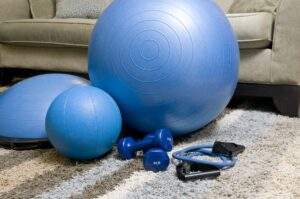 What exactly is a home circuit workout? The circuit part of the workout is the concept that you do several exercises in a row, without rest, as a sequence and then repeat that sequence. That’s different than doing all of one type of exercise and then going to another. By doing several exercises in a row without rest, you’re giving your cardiovascular system a workout at the same time you’re boosting strength and flexibility. A circuit may exercise one part of the body and are often called stations. They may have as many as ten exercises for that part of the body. Normally, each circuit is done three times.
What exactly is a home circuit workout? The circuit part of the workout is the concept that you do several exercises in a row, without rest, as a sequence and then repeat that sequence. That’s different than doing all of one type of exercise and then going to another. By doing several exercises in a row without rest, you’re giving your cardiovascular system a workout at the same time you’re boosting strength and flexibility. A circuit may exercise one part of the body and are often called stations. They may have as many as ten exercises for that part of the body. Normally, each circuit is done three times.
Always start any circuit with a warm-up session.
No matter what type of workout you do, always get your muscles warm and flexible. It’s especially important with circuit training. You can do a series of exercises, such as a few minutes jumping rope or other exercises that gets your blood circulating. It’s all about trying to warm up every part of the body. If you’re doing these at home, you don’t need any equipment when you do a bodyweight workout. This one is good for beginners. Start with 20 repetitions of squats, move to ten push-ups and then to ten walking lunges. Continue with a 30-second plank and follow it with 30 jumping jacks. Rest for a minute and repeat the circuit twice.
If you don’t have weights at home, it’s not a problem.
You can make your own weights and even adjust the weight as you get stronger. Use detergent bottles or milk jugs and fill them with sand, water or both. Make it heavy enough to lift several times, but still challenging. As you get more fit, just add more water or sand. You can add 10 dumbell rows to the last workout when you have this tool to use, without added expense.
Make your workout more advanced as you get fitter.
Sure you’re getting good at squats and have your form down pat, but let’s see how well you do with one-legged squats. These are really hard and can only be done if you’re in great shape. Start with 10 one-legged squat on each side, move immediately into 20 traditional squats. Add 20 walking lunges, with 10 for each leg, then do 10 jump step-ups on each leg. If you have a sturdy table, slide under on your back and grasp the edge, pulling your self up 10 times. Use bar stools to do ten dips, then move to ten push-ups and a 30-second plank.
- If you have a playground close at hand, you can create your own version of a circuit. You still can do lunges and bodyweight exercises, but also add the jungle gym and playground bars.
- A simple circuit includes 20 repetitions of traditional squats, 15 repetitions of incline push-ups where you put feet on the floor and hands on the edge of a raised item like desk, chair or bed, one arm rows with jug weights and reverse crunches.
- Combining a higher number of squats where you lift your hands overhead as you do them, with squats, reverse crunches and inverted rows using a table or desk, can create quite a challenging circuit.
- As with any type of exercise program, form is the most important factor. When you first begin, take it slowly, focusing on form more than number of reps. If you have to rest between exercises, do it.
For more information, contact us today at LIV Fitness

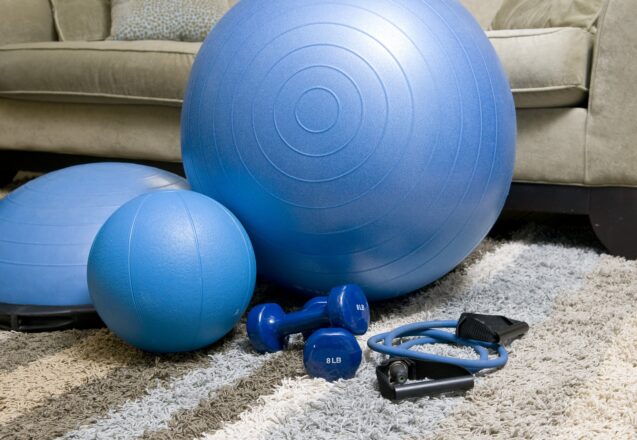

 Losing weight isn’t about eating less, but more about eating healthier. That’s why consuming sugar may be ruining your potential for weight loss. It’s more than just empty calories, although it is that. It’s addictive and makes you crave even more sugar. Eating sugar causes the body to release dopamine, since it binds to the opioid receptors in the brain. Just like opioid drugs, not only do you crave it and have withdrawal, you also crave increasing amounts to get your “fix.” Sugar also tends not to fill you up, even when you’ve consumed adequate calories.
Losing weight isn’t about eating less, but more about eating healthier. That’s why consuming sugar may be ruining your potential for weight loss. It’s more than just empty calories, although it is that. It’s addictive and makes you crave even more sugar. Eating sugar causes the body to release dopamine, since it binds to the opioid receptors in the brain. Just like opioid drugs, not only do you crave it and have withdrawal, you also crave increasing amounts to get your “fix.” Sugar also tends not to fill you up, even when you’ve consumed adequate calories.
 At LIV Fitness in Dublin, CA, we encourage people to set smart goals, since it’s the best way to achieve them. Fitness goals need to be realistic. SMART is an acronym that stands for specific, measurable, attainable, relevant and time-based. Start with a specific goal. Vague goals, such as I want to lose weight or get into shape, don’t provide any information to let you know you’ve achieved your goal. If you are fifty pounds overweight and say you want to lose weight, do you achieve your goal when you’ve lost a pound? Decide exactly what you want and achieve it.
At LIV Fitness in Dublin, CA, we encourage people to set smart goals, since it’s the best way to achieve them. Fitness goals need to be realistic. SMART is an acronym that stands for specific, measurable, attainable, relevant and time-based. Start with a specific goal. Vague goals, such as I want to lose weight or get into shape, don’t provide any information to let you know you’ve achieved your goal. If you are fifty pounds overweight and say you want to lose weight, do you achieve your goal when you’ve lost a pound? Decide exactly what you want and achieve it.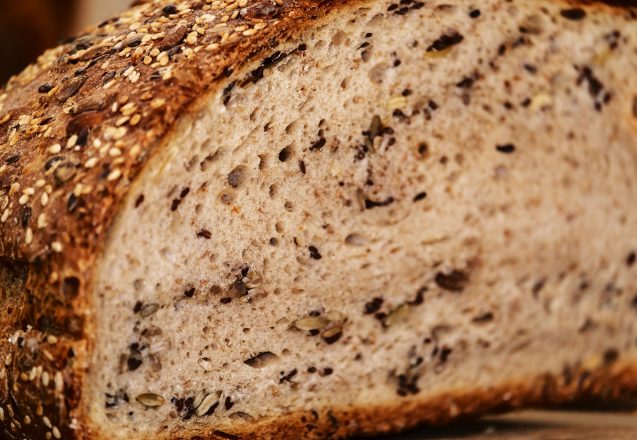
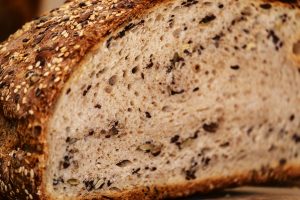 Eating whole grains can help you reach your weight loss goal, since they offer nutrients, plus loads of fiber. While white, refined grains contain only the endosperm, which is loaded with carbs and offer no nutrition, whole grains contain bran and germ, in addition to the endosperm. Germ contains nutrients that are important to the immune system and other bodily functions. It also contains fiber, which fills you up, without loads of extra calories.
Eating whole grains can help you reach your weight loss goal, since they offer nutrients, plus loads of fiber. While white, refined grains contain only the endosperm, which is loaded with carbs and offer no nutrition, whole grains contain bran and germ, in addition to the endosperm. Germ contains nutrients that are important to the immune system and other bodily functions. It also contains fiber, which fills you up, without loads of extra calories.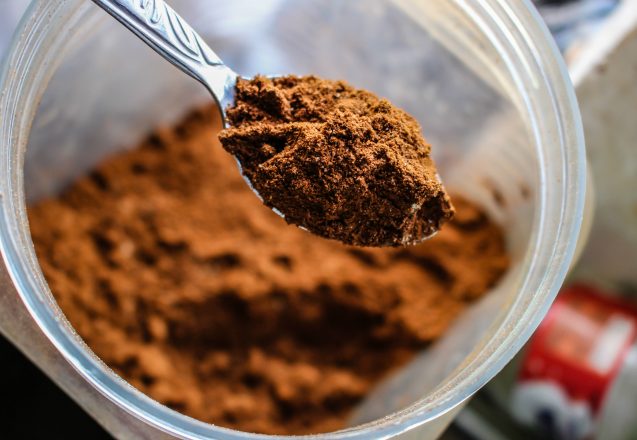
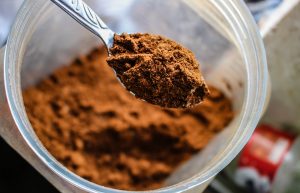 You see them everywhere, protein powders and shakes. They were at one time strictly in supplement and health food stores, but now are on grocery shelves, discount stores and pharmacies. To make it more confusing, there are protein drinks and powders of all kinds. There are ones for seniors, ones for bodybuilders and ones for vegetarians. Are they a waste of money? Dangerous? Or truly beneficial? For seniors, the answer might be yes, since the ability to use protein efficiently diminishes with age. How vigorously you exercise and your weight and muscular development also play a role.
You see them everywhere, protein powders and shakes. They were at one time strictly in supplement and health food stores, but now are on grocery shelves, discount stores and pharmacies. To make it more confusing, there are protein drinks and powders of all kinds. There are ones for seniors, ones for bodybuilders and ones for vegetarians. Are they a waste of money? Dangerous? Or truly beneficial? For seniors, the answer might be yes, since the ability to use protein efficiently diminishes with age. How vigorously you exercise and your weight and muscular development also play a role.
 It’s a crazy world and there’s been a lot of anger, fear and despair. One thing that hasn’t helped is the lack of exercise. That’s right! When you workout, it helps relax you and clear your mind. In other words, fitness helps with mental health. Working out boosts your cognitive functioning and raise your spirits in a number of ways. It helps you clear your mind and burns off the hormones that prepare your body for danger.
It’s a crazy world and there’s been a lot of anger, fear and despair. One thing that hasn’t helped is the lack of exercise. That’s right! When you workout, it helps relax you and clear your mind. In other words, fitness helps with mental health. Working out boosts your cognitive functioning and raise your spirits in a number of ways. It helps you clear your mind and burns off the hormones that prepare your body for danger.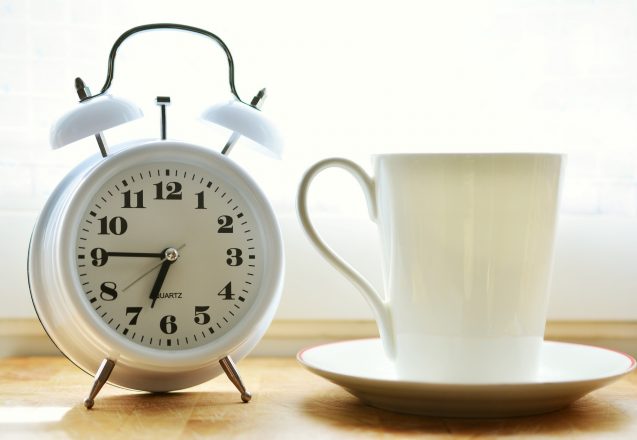
 At LIV Fitness, in Dublin, CA, we help you make time for workouts by offering 24/7 service, but people still find it hard to find the time to add a workout to their schedule. The US Department of Health and Human Services advises adults to get at least 150 minutes of moderate physical activity a week or 75 minutes of more intense activity. That urging is obviously ignored when you consider that 80% of the American population doesn’t meet that requirement. Most people say they don’t have enough time, so one solution is to get up earlier and workout in the morning. Not only will working out for 30 minutes every morning get you into a consistent habit, it boosts your metabolism.
At LIV Fitness, in Dublin, CA, we help you make time for workouts by offering 24/7 service, but people still find it hard to find the time to add a workout to their schedule. The US Department of Health and Human Services advises adults to get at least 150 minutes of moderate physical activity a week or 75 minutes of more intense activity. That urging is obviously ignored when you consider that 80% of the American population doesn’t meet that requirement. Most people say they don’t have enough time, so one solution is to get up earlier and workout in the morning. Not only will working out for 30 minutes every morning get you into a consistent habit, it boosts your metabolism.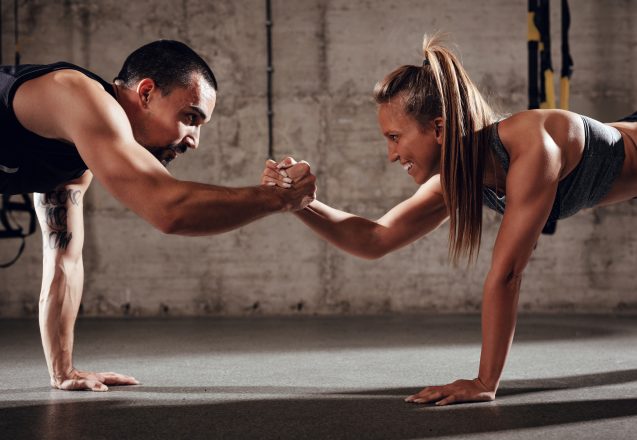
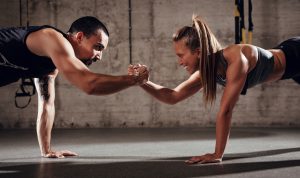 If you’re working out with a workout buddy, you’ll get at least one of the benefits you get with a trainer. You make a commitment to that person that you’re going to workout that day, just as you do with a trainer. You’re held accountable by the person you’re supposed to meet and that means on those days when you’d rather not go, you’re more apt to show up for a workout than you would be otherwise. In fact, one study found that if someone was just phoned once every two weeks to check on the progress of exercise, they were 78% more apt to exercise.
If you’re working out with a workout buddy, you’ll get at least one of the benefits you get with a trainer. You make a commitment to that person that you’re going to workout that day, just as you do with a trainer. You’re held accountable by the person you’re supposed to meet and that means on those days when you’d rather not go, you’re more apt to show up for a workout than you would be otherwise. In fact, one study found that if someone was just phoned once every two weeks to check on the progress of exercise, they were 78% more apt to exercise.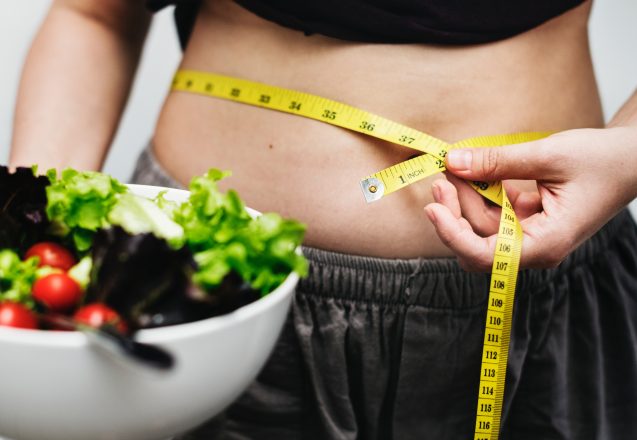
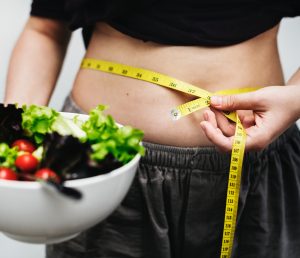 Intermittent fasting—IF— has become quite a hot topic in Dublin, CA. Some people think it’s a diet or think that they have to give up food for long periods, but that’s just not true. Intermittent fasting is one method of losing weight and improving health that doesn’t require any specific diet, but of course, healthy eating still is important. It’s a way to schedule your meals and give your digestion a break. It can be as simple as eating only during an eight-hour period and fasting the other sixteen, to eating light or not eating one or two days a week.
Intermittent fasting—IF— has become quite a hot topic in Dublin, CA. Some people think it’s a diet or think that they have to give up food for long periods, but that’s just not true. Intermittent fasting is one method of losing weight and improving health that doesn’t require any specific diet, but of course, healthy eating still is important. It’s a way to schedule your meals and give your digestion a break. It can be as simple as eating only during an eight-hour period and fasting the other sixteen, to eating light or not eating one or two days a week.